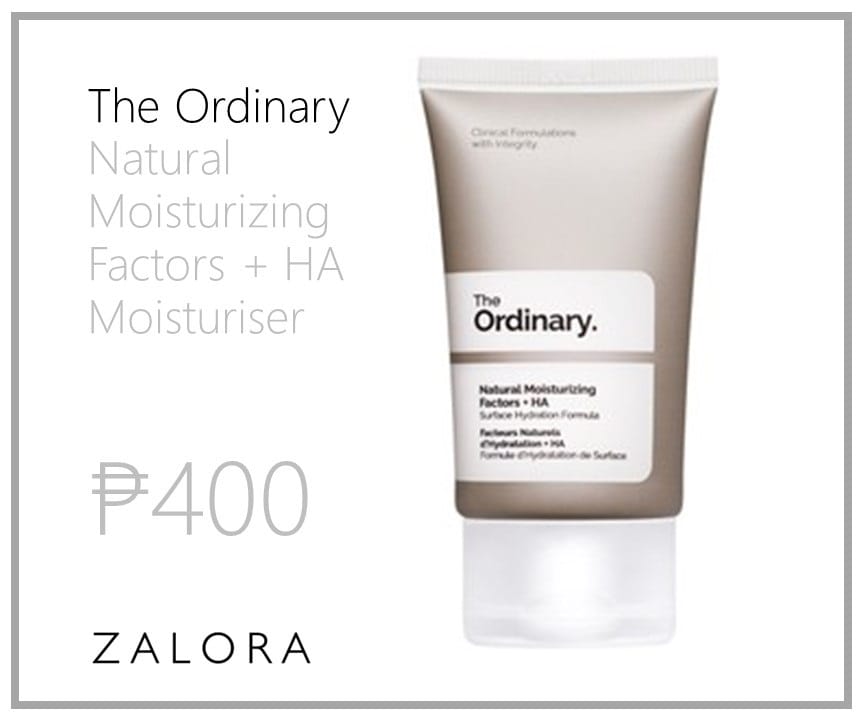Table of Contents
Fluocinonide ointment has become a go-to solution for many seeking relief from inflammation and discomfort. But what exactly should you know about fluocinonide ointment in the Philippines? Beyond its uses and effectiveness, pricing, proper dosage, and potential side effects are critical to ensuring safe and responsible use. In this article, we unpack five essential facts about this powerful ointment to equip you with knowledge that could make all the difference in your skincare routine. Whether you’re considering it for personal use or simply curious about its role in Philippine healthcare, read on to discover how fluocinonide might fit into your journey toward healthier skin.
Overview of Fluocinonide Ointment in the Philippines and Its Significance
Fluocinonide ointment has emerged as a vital therapeutic option for managing various inflammatory skin conditions in the Philippines. This high-potency corticosteroid is renowned for effectively alleviating symptoms associated with eczema, psoriasis, and contact dermatitis. By reducing inflammation and suppressing the immune response at the affected sites, fluocinonide brings relief from discomfort and improves skin appearance—qualities that resonate particularly well with patients seeking both comfort and cosmetic outcomes.
In a healthcare landscape where affordability and accessibility remain critical, fluocinonide ointment’s presence in local pharmacies represents a significant advantage. Its competitive pricing makes it an attainable solution for many Filipinos with chronic dermatological ailments. Furthermore, awareness campaigns focusing on proper usage can educate patients about navigating potential side effects while reaping the benefits. As more people recognize the importance of timely intervention in treating skin disorders, fluocinonide may continue to play an essential role in enhancing the overall quality of life across diverse communities in the Philippines.

Fact 1: Common Uses of Fluocinonide Ointment in the Philippines: Conditions treated with this ointment
Fluocinonide ointment is a top-tier medication used in the Philippines for various dermatological conditions. This potent corticosteroid is often prescribed to treat inflammation and itching caused by skin disorders such as eczema, psoriasis, and dermatitis. Many patients find significant relief from chronic conditions that can affect their quality of life, allowing them to engage more freely in daily activities without the discomfort caused by their skin issues.
Moreover, fluocinonide isn’t just limited to conventional uses; it’s also employed off-label for certain autoimmune conditions where inflammation poses a challenge. Patients dealing with lichen planus or other inflammatory skin reactions often report marked improvements after incorporating this treatment into their regimen. With its ability to penetrate deeply into the skin layers, fluocinonide effectively addresses localized flare-ups while helping restore the skin’s natural barrier function, making it an essential option for many seeking effective skincare solutions in urban and rural settings.
Fact 2: Pricing Information of Fluocinonide Ointment in the Philippines: Average costs and purchasing options
When considering fluocinonide ointment in the Philippines, knowing the pricing landscape is essential. On average, you can expect to pay between PHP 189.50 and PHP 371.25 for a 15-gram tube, depending on factors such as brand and pharmacy location. This price range reflects the product’s potency and accessibility across different regions of the country.
Purchasing options are diverse, offering traditional and modern avenues for obtaining this medication. Many reputable pharmacies, such as Mercury Drug or Watsons, stock fluocinonide ointment, allowing consumers to consult with pharmacists about their needs and physical concerns. Additionally, online platforms have emerged as convenient alternatives, offering delivery services that cater to those who prefer discreet purchases or may have mobility challenges. Prices on these sites can sometimes differ from brick-and-mortar stores due to promotions or discounts, making comparisons crucial for budget-savvy consumers looking to get the best deal without compromising quality.
Fact 3: Recommended Dosage Guidelines of Fluocinonide Ointment in the Philippines: Proper application and frequency details
Adhering to the recommended dosage guidelines is essential for maximizing efficacy while minimizing potential side effects when using fluocinonide ointment. Typically, adults and children aged 12 and above should apply a thin layer of the ointment directly to the affected area once or twice daily. It’s crucial not to exceed these recommendations; using more than prescribed will not expedite healing but may increase the risk for local irritation or systemic absorption issues, especially in sensitive areas like the face or folds of skin.
For optimal results, cleaning the target area before applying it gently is advisable. This preparatory step can enhance absorption and allow fluocinonide to penetrate deeper into the skin layers where it’s needed most. Additionally, ensure that treated areas are not covered with occlusive dressings unless directed by a Filipino healthcare professional; this can trap moisture and alter how your skin absorbs the medication. Remember that consistency is key—integrating this treatment into your daily routine can yield noticeable improvements over time, but always remain vigilant about monitoring your skin’s response throughout your usage.
Fact 4: Potential Side Effects of Fluocinonide Ointment in the Philippines: Common and serious reactions reported
While effective in treating various skin conditions, fluocinonide ointment has potential pitfalls. The common side effects reported in the Philippines are skin irritation, burning sensations, and dryness at the application site. These reactions can sometimes deter patients from continuing their treatment regimen, emphasizing the importance of closely monitoring one’s response to the medication. Essentially, what starts as a therapeutic journey could lead some individuals to experience discomfort that overshadows expected relief.
More grave considerations arise with prolonged use or over-application. Serious adverse reactions such as heightened skin thinning (atrophy), hormonal imbalances due to systemic absorption, and even potential suppression of adrenal function have been noted. Understanding these risks allows users to approach fluocinonide ointment cautiously; patients need to discuss dosage and duration of use with healthcare providers. By recognizing common and serious side effects from the outset, individuals can make informed decisions prioritizing their overall well-being while aiming for effective symptom management.
Fact 5: Important Precautions of Fluocinonide Ointment in the Philippines: Who should avoid using this medication?
While fluocinonide ointment can effectively treat various skin conditions, certain individuals should exercise caution or avoid its use altogether. Pregnant women, in particular, are advised to consult Filipino healthcare practitioners before starting this medication, as corticosteroids may pose risks to fetal development if absorbed in significant amounts. Additionally, those with specific infections like fungal or viral skin lesions should steer clear of fluocinonide because it can exacerbate these conditions instead of alleviating them.
Furthermore, Filipinos with a known sensitivity or allergy to fluocinonide or other corticosteroids should avoid using the ointment altogether. Long-term use or excessive quantities can lead to adverse effects such as skin thinning and hormonal imbalances; therefore, it’s crucial for anyone with pre-existing health conditions—especially those affecting the adrenal glands—to seek medical advice before using fluocinonide. By being aware of these precautions, patients can make informed decisions about their treatment options while minimizing the potential risks of this powerful medication.
Conclusion: Fluocinonide Ointment in the Philippines
In conclusion, fluocinonide ointment has carved a significant niche in the Philippines’ dermatological landscape, serving as a potent ally against various skin conditions. Its efficacy in managing inflammation and itching has made it a go-to option for Filipino healthcare professionals and patients. The increasing accessibility of this medication means that many Filipinos can tackle stubborn skin issues more effectively, leading to an enhanced quality of life.
However, it is crucial to remember that while fluocinonide offers rapid relief, its use should be accompanied by professional medical guidance. Misuse or over-reliance on corticosteroids can lead to potential side effects and complications, such as skin thinning or tolerance development. By fostering a better understanding of proper usage and encouraging open dialogues with healthcare providers, patients can fully harness the benefits of fluocinonide ointment while minimizing risks. As awareness about safe treatment practices grows, so does the prospect for healthier skin across the archipelago.













